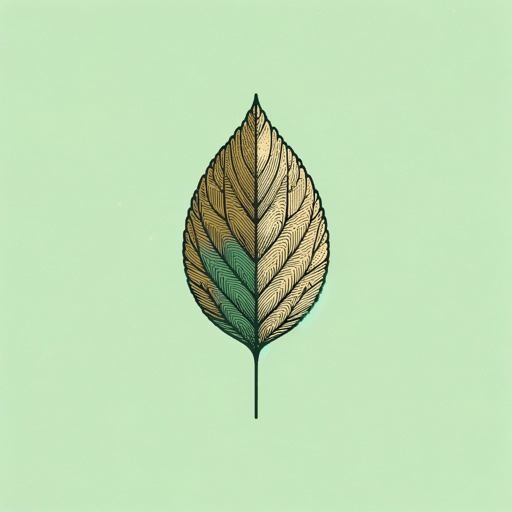16 pages • 32 minutes read
Robert FrostNothing Gold Can Stay
Fiction | Poem | Adult | Published in 1923A modern alternative to SparkNotes and CliffsNotes, SuperSummary offers high-quality Study Guides with detailed chapter summaries and analysis of major themes, characters, and more.
Themes
Nature and Mutability
Robert Frost quite frequently wrote about nature, usually using the northeastern part of the United States, New England, as his landscape. In “Nothing Gold Can Stay,” Frost describes a specific landscape but also works within a long tradition among poets to comment on the perpetual changing of nature. This idea of continual change, also known as mutability, was a favored topic of Romantic poets like William Wordsworth and Percy Bysshe Shelley (1792-1822). Poems with this theme generally center on the idea of nature’s transience (nothing lasts forever), the inevitability of change, and the poignancy of the passage of time. “Nothing Gold Can Stay” aligns with all these hallmarks, though Frost uses a succinct form to clarify nature’s progress.
From the beginning, Frost emphasizes the fleeting nature of “gold” (Line 1). The color—or the idea of something being gold and therefore precious—is the “hardest hue to hold” (Line 2). The flowering of this leaf happens “only so an hour” (Line 4). This indicates the painful futility of trying to hold on to that which is transitory. This is evidenced by the progression of imagery tied to the passage of seasons.
Related Titles
By Robert Frost

Acquainted with the Night
Robert Frost
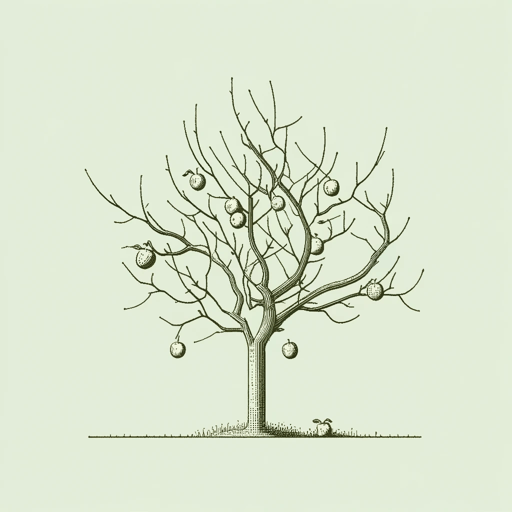
After Apple-Picking
Robert Frost

A Time To Talk
Robert Frost

Birches
Robert Frost

Fire and Ice
Robert Frost
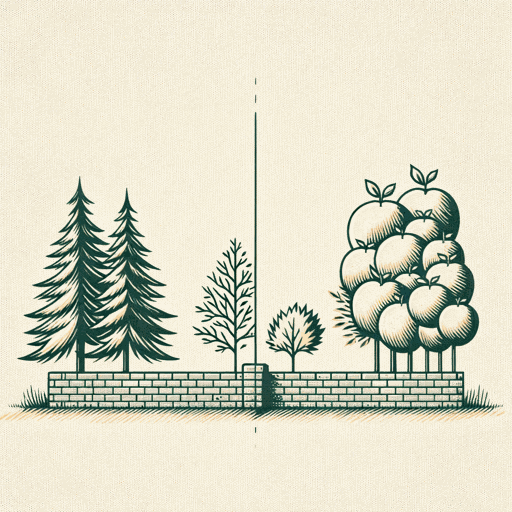
Mending Wall
Robert Frost

October
Robert Frost

Once by the Pacific
Robert Frost

Out, Out—
Robert Frost
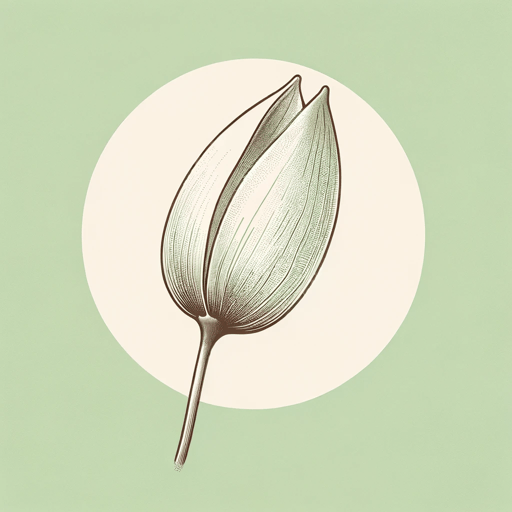
Putting in the Seed
Robert Frost
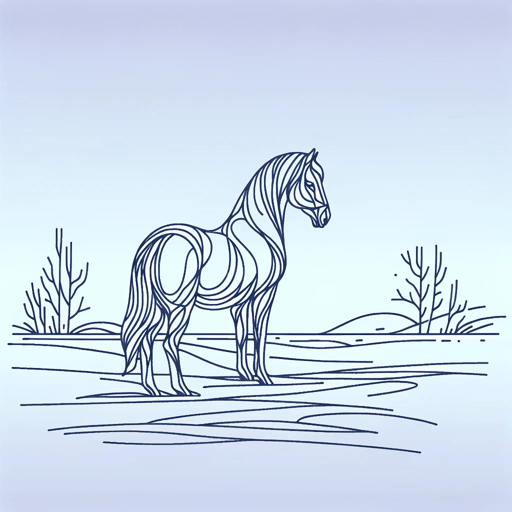
Stopping By Woods On A Snowy Evening
Robert Frost

The Death of the Hired Man
Robert Frost

The Gift Outright
Robert Frost
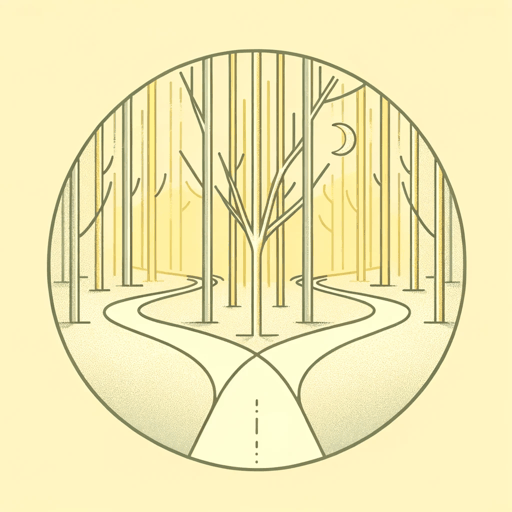
The Road Not Taken
Robert Frost

West-Running Brook
Robert Frost
